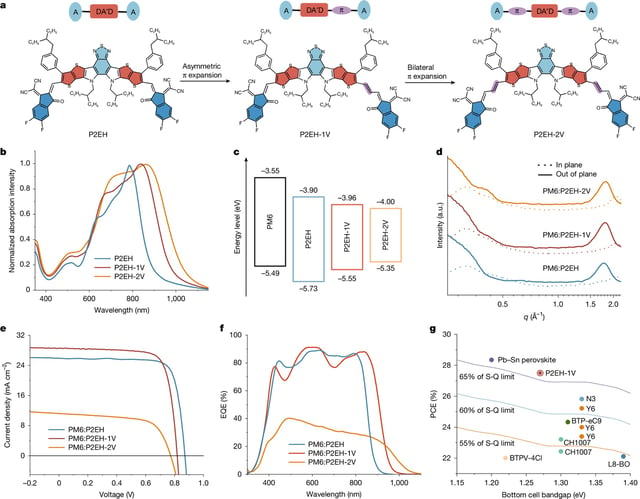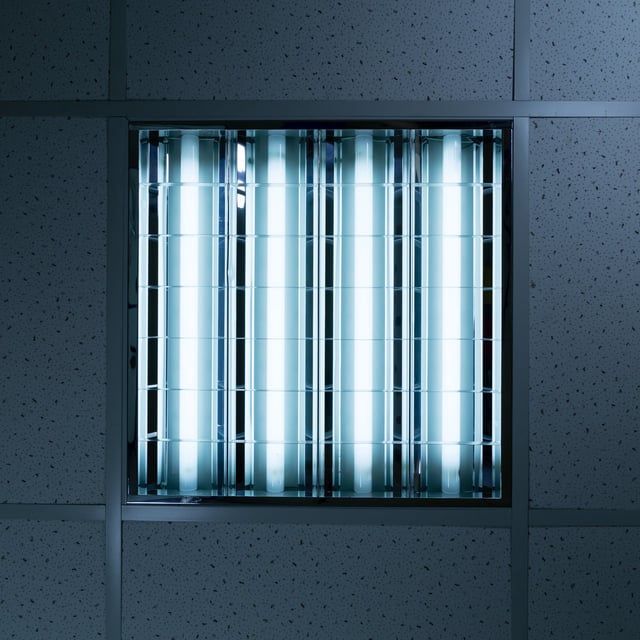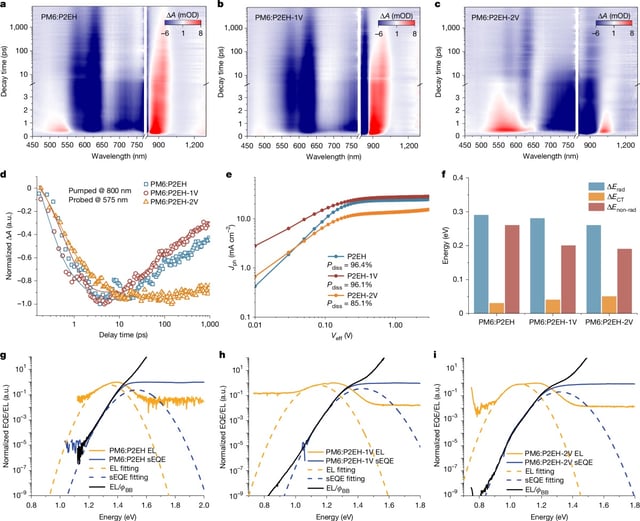Overview
- Researchers at National Yang Ming Chiao Tung University tuned wide-bandgap perovskites to optimize indoor light absorption and achieved a record 38.7% power conversion efficiency under 2,000 lux illumination.
- A chelating agent–based defect passivation technique neutralizes bandgap-induced crystal flaws, enhancing both efficiency and resistance to environmental degradation.
- Passivated cells retain solid performance under simulated sunlight and exhibit improved stability against moisture and oxygen ingress.
- The thin, flexible and semi-transparent form factor makes these devices ideal for powering wearables, remote controls and IoT sensors without batteries.
- Researchers say these material and process advances could pave the way for commercial indoor solar modules through scalable manufacturing.



